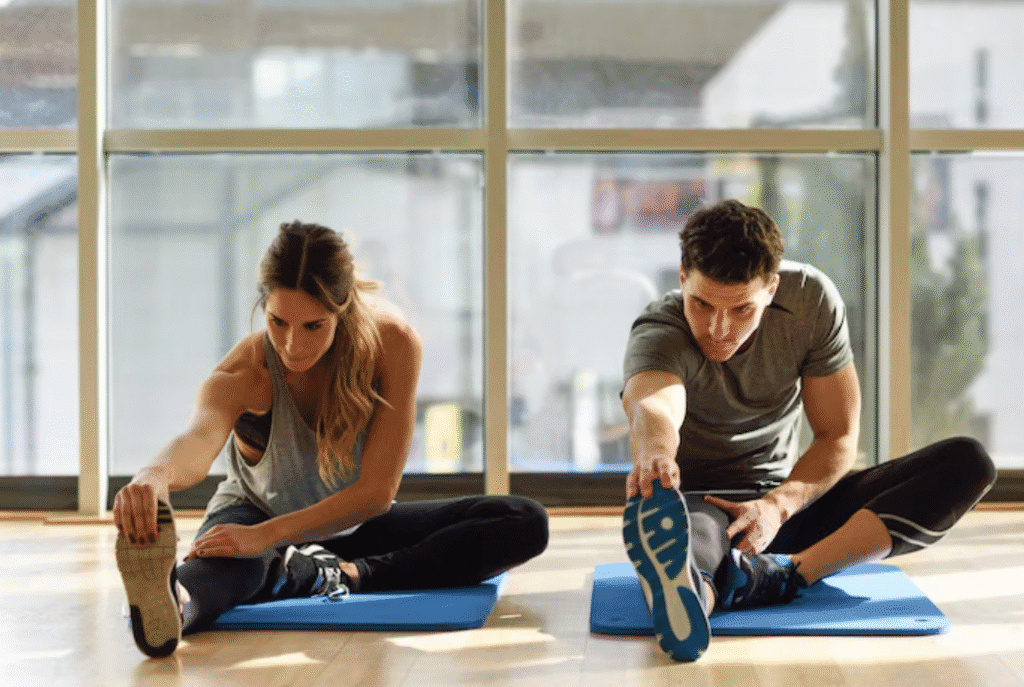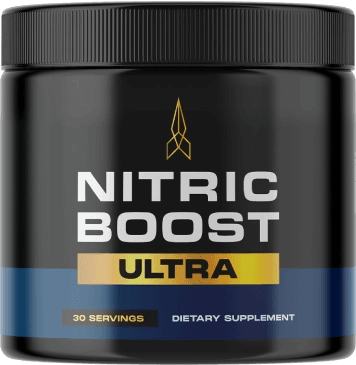Exercise is more than just a gym session—it’s any planned, structured, and repetitive movement that improves or maintains physical fitness. From a morning jog to dancing, resistance training to yoga, exercise plays a fundamental role in health and well-being.
In this article, we break down the core components of exercise, why it matters, and how it differs from general physical activity.
🧠 What Counts as Exercise?
According to the World Health Organization (WHO), exercise is a subcategory of physical activity. While all exercise is physical activity, not all physical activity is exercise.
- Physical Activity: Any bodily movement (e.g., walking to the store, gardening, housework)
- Exercise: Intentional movement designed to improve fitness (e.g., lifting weights, going for a swim)
🏋️ The 5 Main Types of Exercise
- Aerobic (Cardio)
- Purpose: Improve heart and lung health
- Examples: Running, cycling, swimming, jumping rope
- Strength Training (Resistance)
- Purpose: Build muscle and bone density
- Examples: Weightlifting, bodyweight workouts, resistance bands
- Flexibility
- Purpose: Improve range of motion and prevent stiffness
- Examples: Stretching, yoga, dynamic warm-ups
- Balance
- Purpose: Prevent falls and improve stability
- Examples: Standing on one leg, tai chi, balance boards
- Mobility
- Purpose: Enhance movement efficiency
- Examples: Foam rolling, dynamic stretching, mobility drills
❤️ Why Exercise Matters
Physical Benefits:
- Strengthens muscles and bones
- Boosts cardiovascular health
- Helps control weight
- Improves posture and coordination
- Lowers risk of chronic diseases (diabetes, cancer, heart disease)
Mental Benefits:
- Reduces stress and anxiety
- Improves mood through endorphin release
- Supports better sleep
- Boosts brain function and memory
Emotional & Social Benefits:
- Builds self-confidence
- Encourages discipline and goal-setting
- Creates community through group workouts or sports
🕒 How Much Exercise Do You Need?
General guidelines for adults (WHO & CDC):
- 150–300 minutes of moderate aerobic activity per week
OR - 75–150 minutes of vigorous activity
- 2 or more strength training sessions per week
💡 Even small amounts of movement are better than none—start with 10-minute sessions and build up.
🧭 Getting Started with Exercise
- Choose an activity you enjoy
- Start slow and simple
- Set realistic goals (e.g., 20 minutes, 3x per week)
- Track your progress and celebrate small wins
- Stay consistent—it’s about lifestyle, not perfection




